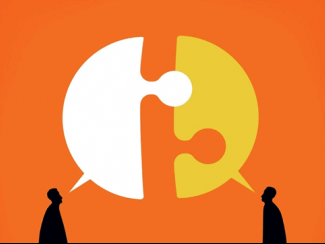6 Key Differences Between HR and HR Business Partner
The typical duties of Human Resources in a SME are largely administrative, such as recruitment, handling employee relations, doing payroll and facilitating performance management.
However, if your HR department do just that, you are likely to realise the gap between what they do and how the company intends to grow. This is where a HR Business Partner (HRBP) comes into the picture. Before we highlight about the differences between traditional HR and HRBP, let us first briefly introduce the purpose of a HRBP.
Broadly speaking, HRBP is the bridge that aligns HR practices to achieve business goals. They assist the management team of the company in mainly strategic aspect of HR, such as redesigning the compensation structure to motivate performance, discovering talents for succession planning, laying out employee’s career growth plan and so on. HRBP’s value to a company shines out the most when it provides unique solutions based on the special strategic requirements of the business and embed proven people principles across all levels of the company.
Now, for the 6 differences that separates HRBP from a traditional HR:
Teamwork
Traditional HR: work is typically repetitive and are stand-alone tasks that can be done independently.
HRBP: work closely with the management team and the employees. It is impossible to be working alone.
Synchronicity
Traditional HR: work in rhythm and are basically the implementation of the standard working hours system.
HRBP: work in accordance with the pace of business unit work, with business time synchronization, the implementation of the occasional work system.
Strategic
Traditional HR: primarily transactional work with processes that could be easily optimised to do things more efficiently.
HRBP: strategic work with the need to adapt HR initiative to meet dynamic needs.
Integration
Traditional HR: viewed as a separate department and relatively independent.
HRBP: viewed as integrated with the business.
Lifting
Traditional HR: often belong to the “cost control” type with having lesser money to do more a requirement.
HRBP: emphasizes improvement in efficiency, helping the business solve problems, and ensures the continuous output of the business.
Developmental
Traditional HR: easily limited to the HR field with barriers towards cross-professional development. The job ceiling is evident.
HRBP: can spiral into the HR and business areas with a large career choice radius.

Mak Foo Sing
Foo Sing is an HR Business Partner at Align Group. He received his Bachelor of Arts in Psychology from Nanyang Technological University. When not writing, he is usually found in his favourite coffee shop or outdoor trekking.
Other Recommended Articles





